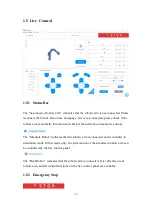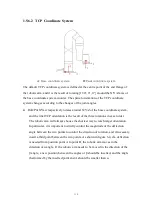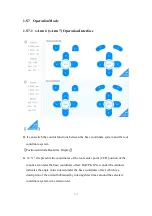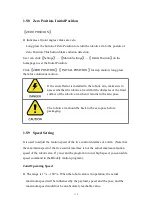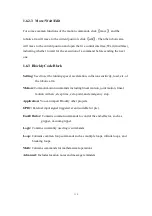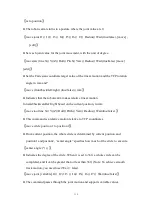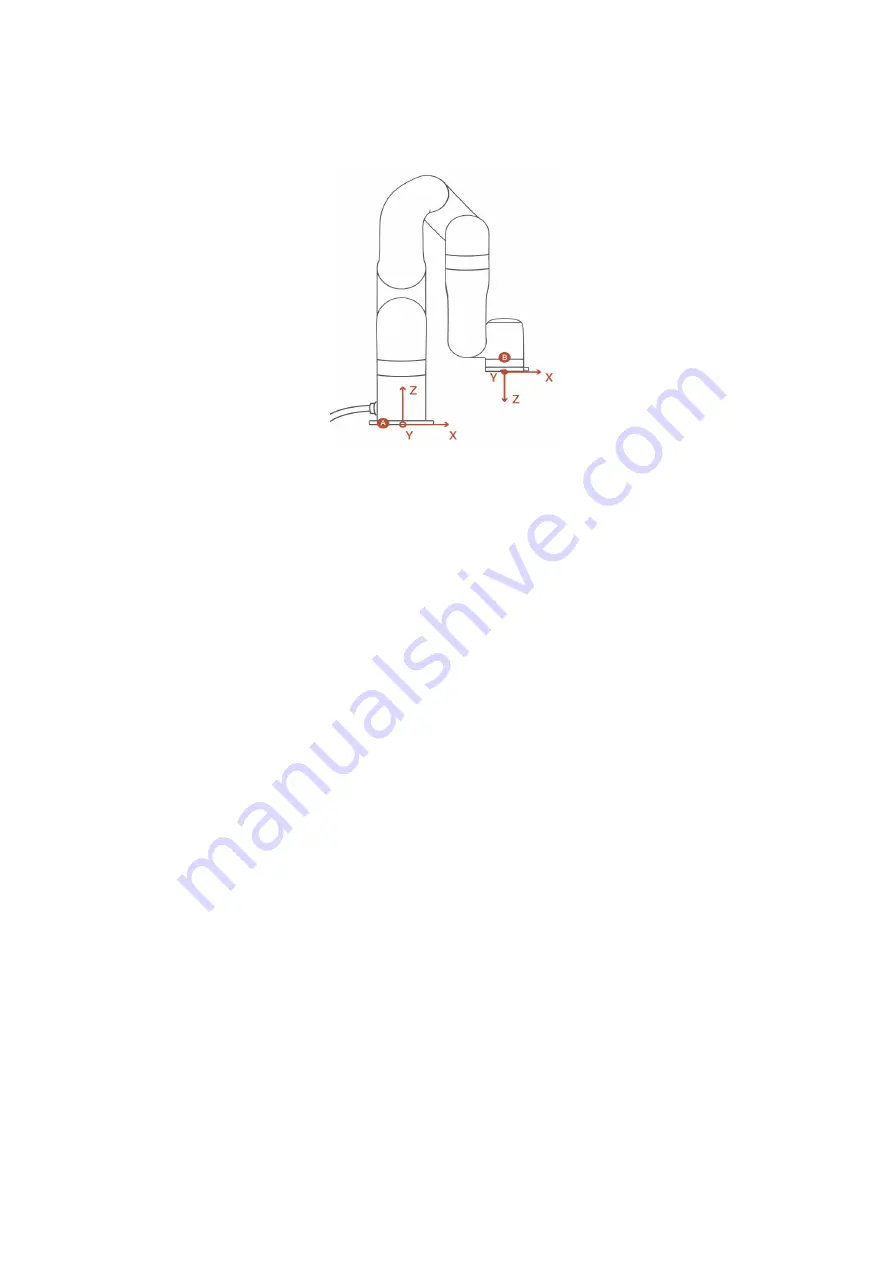
110
1.5.6.2 TCP Coordinate System
A:
Base coordinate system
B: Tool
coordinate system
The default TCP coordinate system is defined at the centre point of the end flange of
the robotic arm, and it is the result of rotating [180°, 0°, 0°] around the X/Y/Z-axis of
the base coordinate system in order. The spatial orientation of the TCP coordinate
system changes according to the changes of the joint angles.
● Roll/Pitch/Yaw respectively rotates around X/Y/Z of the base coordinate system,
and the final TCP orientation is the result of the three rotations in exact order.
The robotic arm will always choose the shortest way to reach target orientation.
In particular, it is important to strictly control the magnitude of the deflection
angle between the two points to control the direction of rotation, and if necessary,
insert a third point between the two points. As shown in figure 6.4, if a deflection
is needed from position point A to point B, the robotic arm moves in the
direction of α angle. If the robotic arm needs to be moved in the direction of the
β angle, a new position between the angles of β should be inserted, and the angle
that formed by the inserted point and A should be smaller than α.











